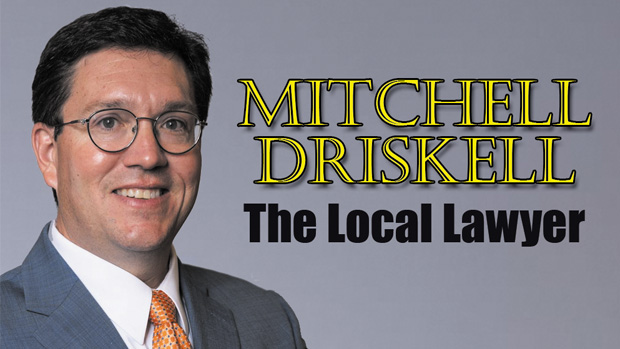
Affirmative Action on the Clock
Possibly the most anticipated case of the Fall 2022 Supreme Court term is Students for Fair Admissions vs. Harvard and University of North Carolina. The case is brought against a public school and a private school because different laws apply to each and the case needs to attack both public and private school affirmative action to really end affirmative action practices nationwide. The Court is being asked to overturn the 2003 case Grutter v. Bollinger, a case which upheld affirmative action admissions policies, and holds that institutions of higher learning cannot use race as a factor in admissions.
Usually, Supreme Court precedent is hard to beat, but the affirmative action issue has a twist. In Grutter, the Court said, “We expect that 25 years from now, the use of racial preferences will no longer be necessary to further the interest [in student body diversity] approved today.” The Court recognized that using race as an admission factor was constitutionally problematic, but held that the benefits outweighed the harm—at that time in history. We are not 25 years from Grutter yet, but the opponents of affirmative action think the time is right.
The plaintiff in the case, “Students for Fair Admissions” is the creation of one guy, Edward Blum. He previously attacked the University of Texas affirmative admission process, but lost, and subsequently strategized that Asian, not white, students would have a better chance winning the case against affirmative action.
The case on deck at the Supreme Court argues that affirmative action programs discriminate against high achieving Asian students. The Court said there would be an expiration date on affirmative action—we will see if the country has reached that date.
Electric Arc? More Like Electric Narc!
A UCLA chemist is now a step closer to his goal of developing a handheld tool similar to an alcohol Breathalyzer that can detect THC on a person’s breath after they’ve ingested marijuana, paving the way for more DUIs based on marijuana impairment. Driving while high is illegal in all states, including Mississippi, but being high is not always noticeable to officers during a traffic stop or a road block.
Officers currently rely on common signs (and smells) of THC impairment to determine if they have reasonable cause to investigate further, and, if they do, then they conduct a field sobriety test to decide whether or not to charge DUI-Other (a substance “other” than alcohol).
For alcohol, officers have both portable breathalyzers and in-station breathalyzers that can detect a person’s blood to alcohol ratio and if that ratio is above .08% then the driver is DUI as a matter of law no matter how impaired or not impaired his driving skills may be. For DUI-Other, there is no automatic impairment level based on how much of a substance is in your system, and being charged with DUI-Other must be based on actual impairment.
The technology is still years away, but the researchers foresee a THC detection tool that can be used by law enforcement, employers, teachers and even parents. The UCLA TCH machine works by exposing THC to a negatively charged electrode which creates an electric current—the more current, the more TCH in the breath sample. It looks like electricity will one day narc you out.
Lafayette County Courthouse at Work
That big white courthouse in the center of The Square is a working courthouse. October is one of Lafayette County’s “terms” of criminal court at the Circuit Court level. Felony crimes are your more serious crimes, crimes that have punishment in prison for years, crimes such as murder, rape, grand larceny, aggravated assault, drive-by-shooting. Those crimes are handled in Circuit Court in the big white courthouse in the center of The Square during four “terms” of court—October, January, April, and July.
During the first week of the October term, approximately forty cases were resolved with the defendant pleading guilty to the charges against them. Some were given probation, some were given house arrest and some were sentenced to decades in prison.
Also this month, a lengthy civil case is being held. Two ex-business partners is a lawsuit about the breakup of the business. Lawyers from Oxford, around the state and some from Nashville are trying the case—expert witnesses, hundreds of documents, and millions of dollars on the line. Last month, lawyers from Morgan & Morgan came to town and represented a person claiming injuries arising out of a car wreck. A local lawyer represented the driver being sued. The jury awarded the injured driver money, but, by all accounts the Oxford lawyer “won” the case. As you walk around the Square, remember that there is real legal work going on in that old courthouse—it might look like it, but it is not a movie set.
Mitchell Driskell practices law with the Tannehill Carmean firm and has been an Oxford lawyer for twenty two years. You can call him at 662.236.9996 and email him at mitchell@tannehillcarmean.com. He practices criminal law, civil law and family law.

